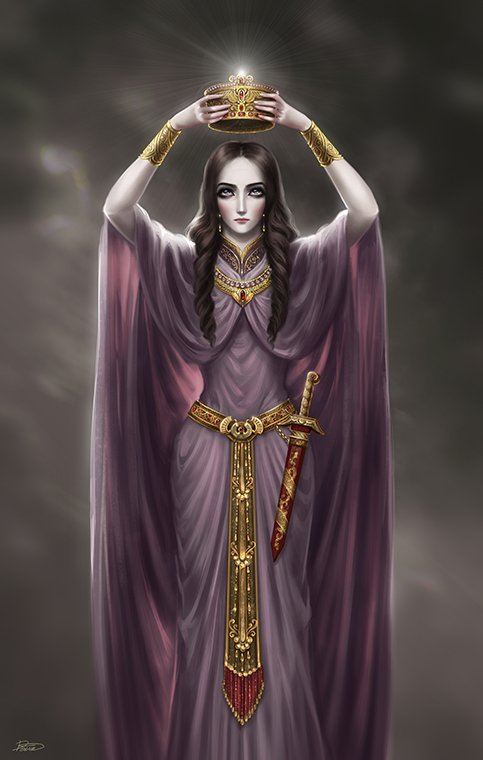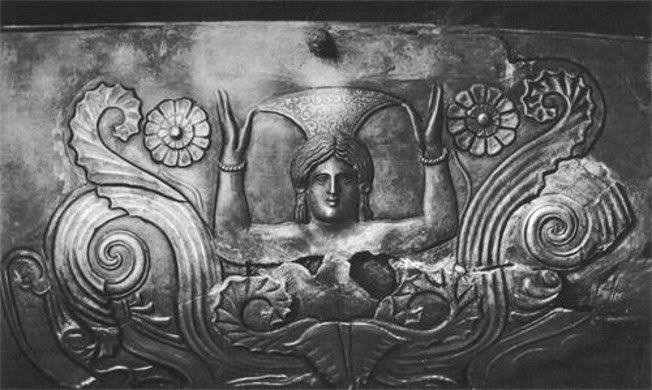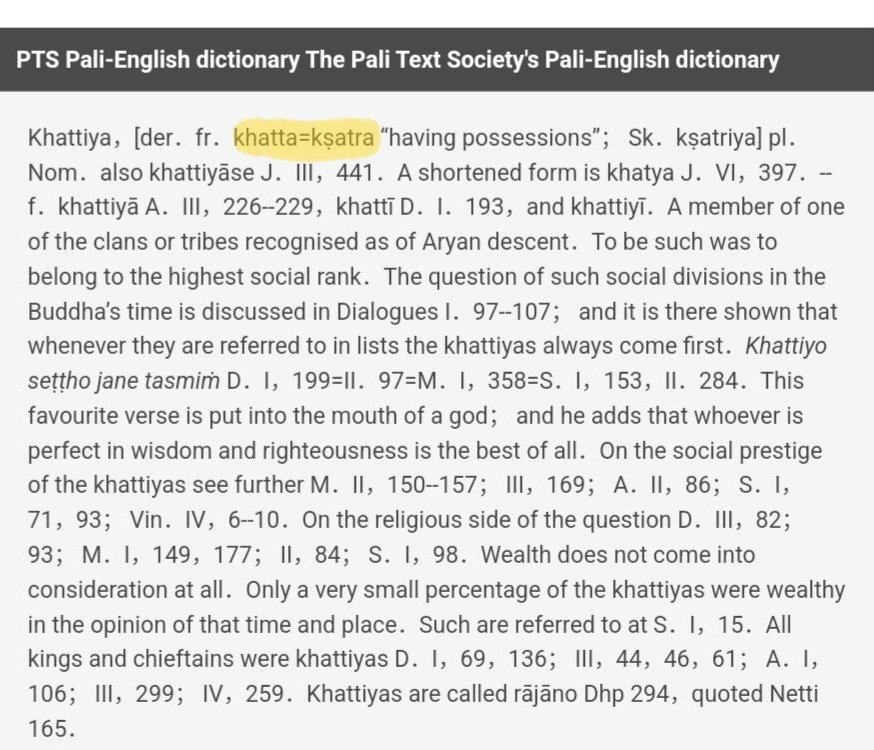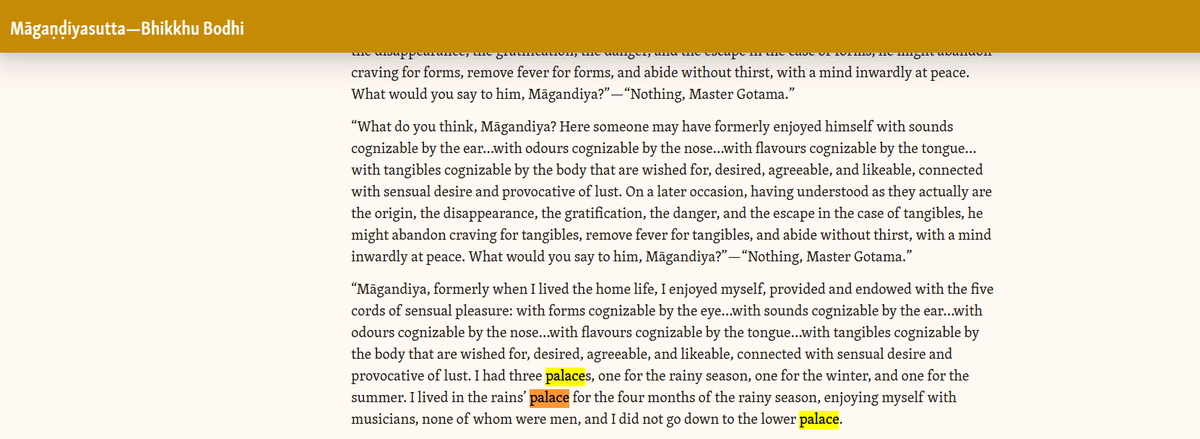Enarei from Anarya(effeminate/unmanly men) were an important part of the ancient Scythian society. They wore women's clothing, performed women's jobs and customs and spoke in a feminine manner..... 



They played an important role as priests and shamanistic soothsayers in the Scythian religion. The Enarei priests were especially consulted when the king of the Scythians was ill. 

The Enarei performed Artimpasa's(goddess of fertility,warfare)cult and played an important political role in Scythian society as they were believed to have received the gift of prophesy directly from the goddess Artimpasa. 





Another interesting is about the Amazon warriors which according to some were actually Enarei. According to Palaephatus- "This is my view of the Amazons, that they were not women who waged war, but barbarian men, and that they wore clothing which extended over their feet,...
like that of the Thrakian women, and that they bound their hair in hair-bands and shaved of their beards like ..." And that is why they were called women by their opponents. The Amazons were a people that excelled in fighting.But fighting.. 



was never for women; nor is it so anywhere today."
According to Herodotus report, among the Scythians there were many eunuchs, the enarei (enaree - effeminate), who spoke with high-pitched voice and were engaged in female works; many of them were shamans. Scythian Shamanism...

According to Herodotus report, among the Scythians there were many eunuchs, the enarei (enaree - effeminate), who spoke with high-pitched voice and were engaged in female works; many of them were shamans. Scythian Shamanism...


involved religious ecstasy through the use of entheogens; they had no temples and worshipped the forces of nature. 

• • •
Missing some Tweet in this thread? You can try to
force a refresh














